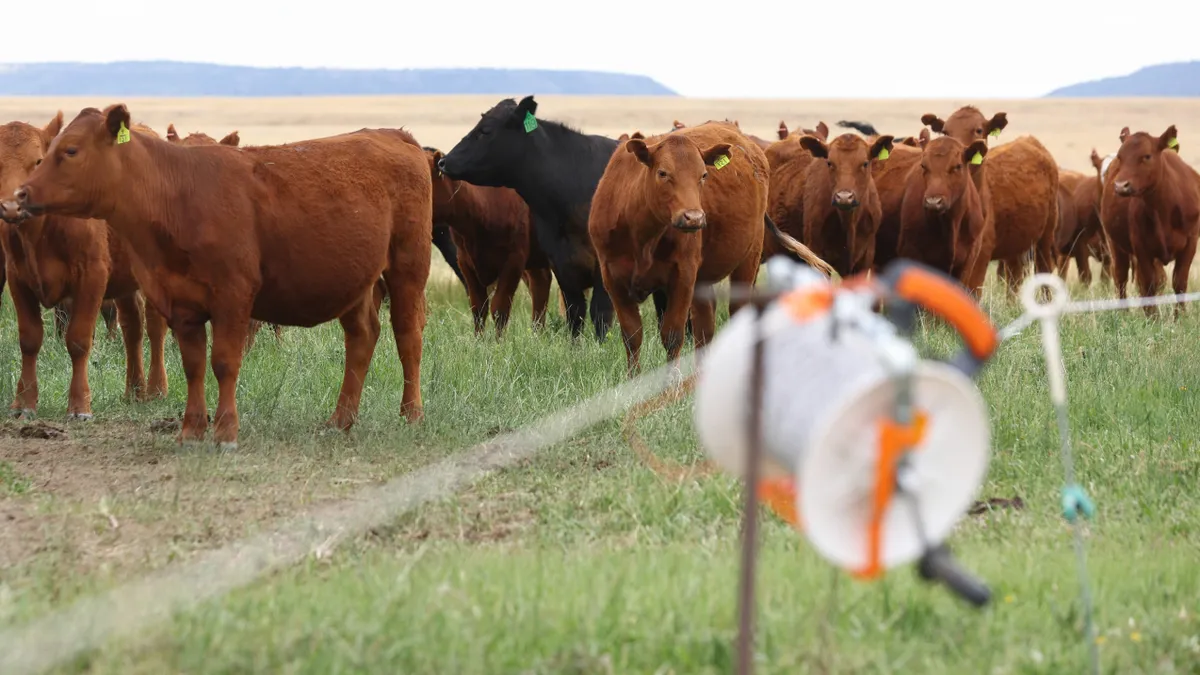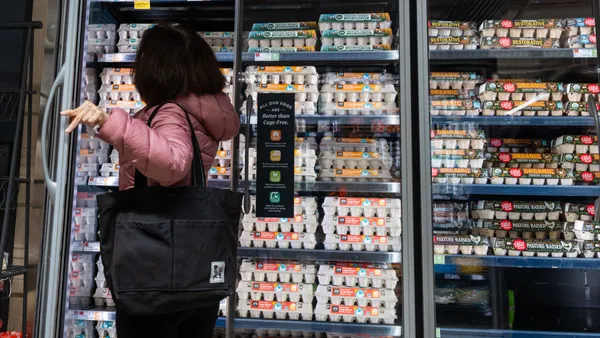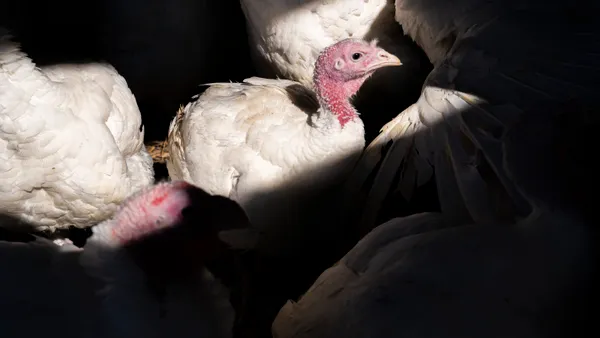As more shoppers gravitate to grass-fed beef and other premium-label meats, production hasn’t been able to keep up with demand.
Meat executives say they've seen expanded consumer interest in grass-fed beef, according to the Food Institute. Despite the growing demand, it can be difficult for ranchers to transition to grass-fed due to high costs and limited land available for grazing.
“I think a lot of consumers are starting to look at where their meat comes from,” Matt Buhmann, director of special projects at meat CPG Thousand Hills, told The Food Institute in March during Expo West. “Typically, grass-fed beef is a welfare-approved process of raising cattle [that entails] more green time, rather than being in a conventional feedlot where it’s all brown mud and the animals are packed shoulder to shoulder.”
About 83% of consumers take into account environmental, animal welfare, social responsibility or a mix of the three when buying meat and poultry, according to a study from FMI, The Food Industry Association. That means shoppers “routinely purchase claims-based meats,” which includes grass-fed, organic and other labels, the study said.
While supply has been something of an issue, that could soon change. Grass Fed Foods became the nation's largest grass-fed beef producer through a merger of SunFed Ranch and Teton Waters Ranch in 2022.
And the company is only getting bigger by bringing in partners from around the country: In October, the company announced it would source grass-fed beef from Montana-based Matador Ranch & Cattle, which operates a 380,000 acre ranch with 12,000 head of cattle.
“We have grass fed ranching and livestock relationships that allow us to scale the brand with great partners coast-to-coast,” Chris Donati, SunFed Ranch co-founder, said in a statement at the company's launch.
Still, despite the consumer appetite for grass-fed beef, questions remain around whether it’s truly better for the environment. While grasslands have the potential to sequester carbon and promote biodiversity, cows on grass-fed diets produce more methane emissions than conventional cattle.
The label itself can also be unclear for consumers. While animals must be fed forage products for their entire lifecycle once they’re weaned off milk in order to be considered “grass-fed,” cattle can also be eligible to be called grass-fed if they eat legumes, pre-grain cereal grain crops and other plants. USDA is weighing guidance that would require producers to substantiate their animal-raising claims.
“Better management of grass-fed livestock, while worthwhile in and of itself, does not offer a significant solution to climate change as only under very specific conditions can they help sequester carbon,” a study led by Oxford’s Food Climate Research Network concluded. “This sequestering of carbon is even then small, time-limited, reversible and substantially outweighed by the greenhouse gas emissions these grazing animals generate.”










